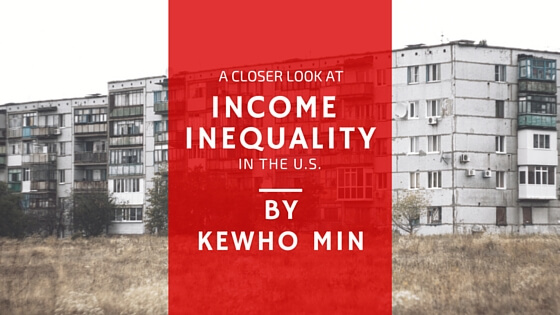When you visit Teton, Wyoming, what will you find? You’ll find a pleasant vacation town with the famous Jackson Hole ski resorts and a jaw-droppingly beautiful national park. But you’ll also find the highest income inequality in America, according to Market Watch.
I’ve written about income inequality on kewhomin.com, but my last blog on the topic was in the context of celebrities and CEOs.
Back in 2011, during the Occupy Wall Street movement that echoed worldwide concerns about global economic inequality, we couldn’t go an entire news cycle without hearing about the 1% this or the 1% that. These days, however, the in-depth reporting about economic disparities is less in the forefront. Yet the disparities still exist.
Which brings us back to Teton, Wyoming.
Teton tops Market Watch’s list of the 10 counties with the highest levels of income inequality in the U.S., which is a measurement of how much more than top 1% of the population makes than the bottom 99%. Teton has a population of about 22,300, but the top 1% in the county make about 233 times more than the national average income of the bottom 99% of people in the U.S.
After Teton, Wyoming, the county with the next highest income equality was La Salle, Texas where the top 1% makes 125.6 times more than the average of what the 99 percent make.
In a 2014 TED Talk, Harvard philosopher T. M. Scanlon outlines four reasons why income inequality is a serious problem with which the country needs to contend. Those reasons include economic inequality giving wealthier people too much control over the lives of others and how the very presence of economic inequality undermines the fairness of the economic system itself.
In his 2015 book, Rewriting the Rules of the American Economy: An Agenda for Growth and Shared Prosperity, Nobel laureate Joseph Stiglitz evangelizes the power of the people to fix the problem of economic inequality before it gets worse.
When it comes to economic inequality, income inequality is not the only variable at play. But it is eye-opening to see the triple digit difference in some counties that shows what the 1% makes compared to everyone else.

